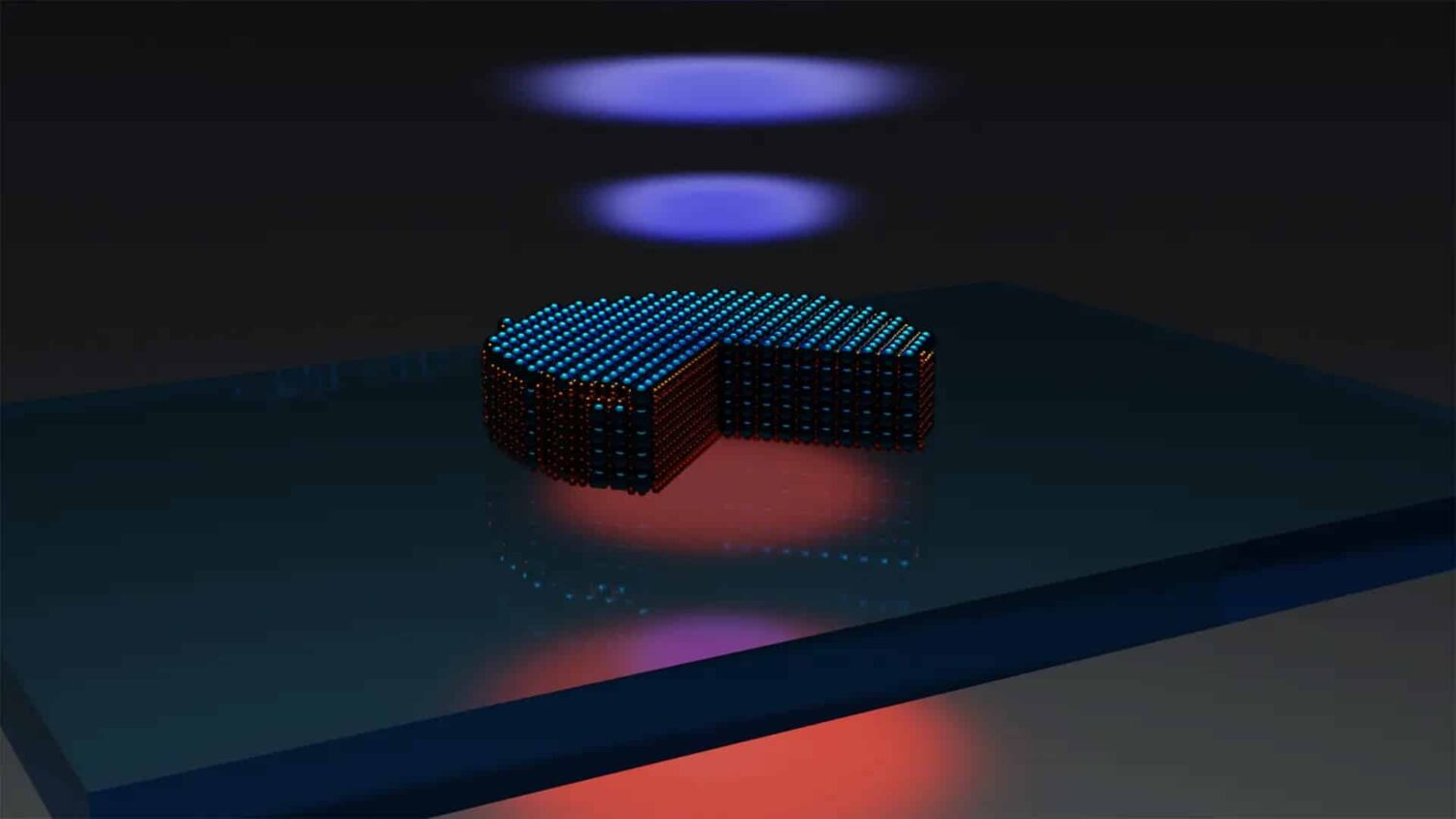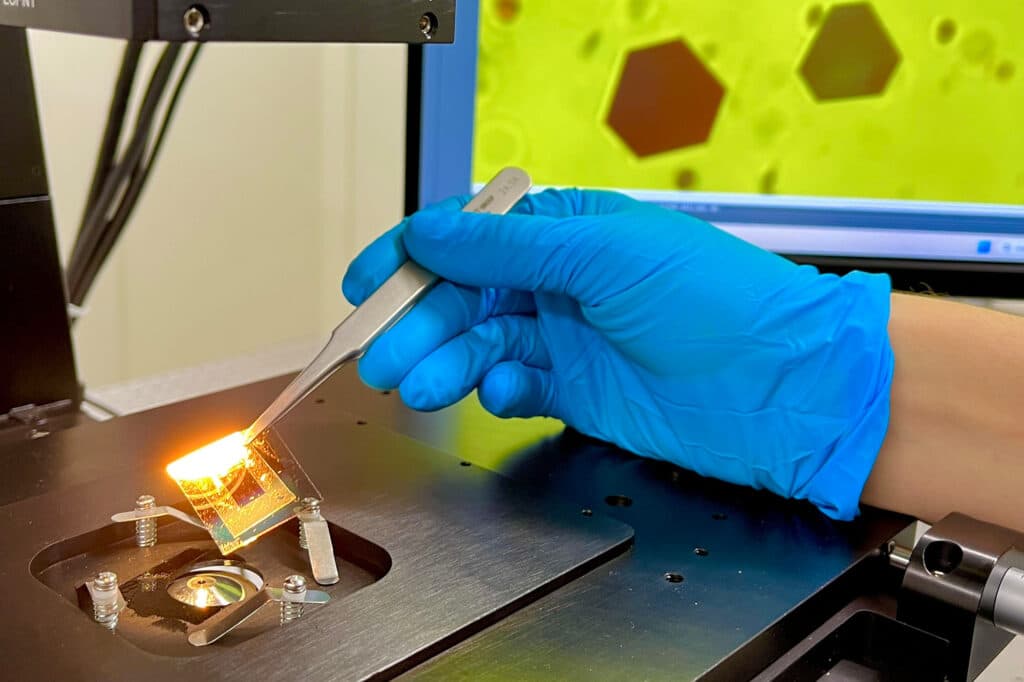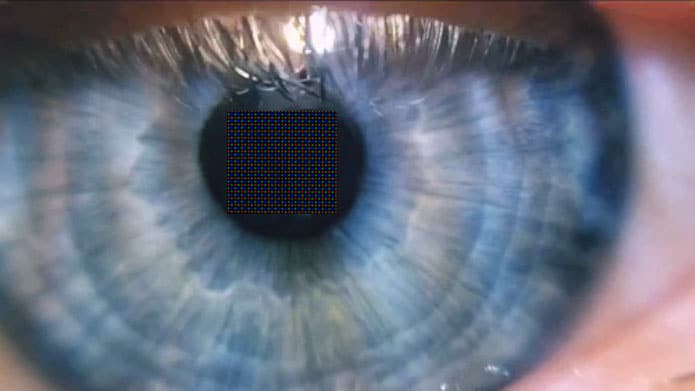Researchers at Chalmers University of Technology have for the first time succeeded in combining two major research fields in photonics by creating a nanoobject with unique optical qualities. Since the object is a thousand times thinner than the human hair, yet very powerful, the breakthrough has great potential in the development of efficient and compact nonlinear optical devices.
“My feeling is that this discovery has a great potential,” says Professor Timur Shegai, who led the study at Chalmers.
Photonic applications harness the power of light-matter interactions to generate various intriguing phenomena. This has enabled major advances in communications, medicine, and spectroscopy, among others, and is also used in laser and quantum technologies. Now, researchers at the Department of Physics at Chalmers University of Technology have succeeded in combining two major research fields – nonlinear and high-index nanophotonics – in a single disk-like nanoobject.
“We were amazed and happy by what we managed to achieve. The disk looking structure is much smaller than the wavelength of light, yet it’s a very efficient light frequency converter. It is also 10,000 times, or maybe even higher, more efficient than the unstructured material of the same kind, proving that nano structuring is the way to boost efficiency,” says doctor Georgii Zograf, lead author of the article in Nature Photonics where the research results are presented.





